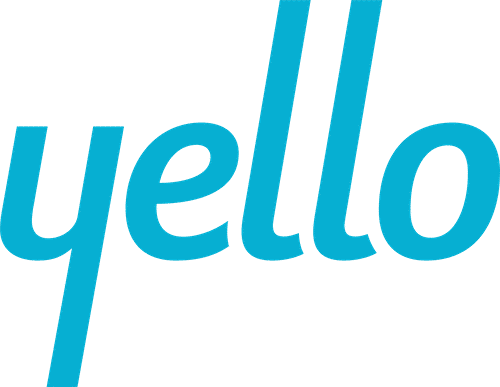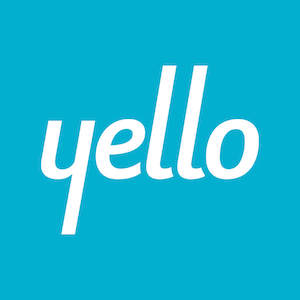The healthcare industry is about to experience an explosive period of growth driven by the healthcare demands of an aging population with an increasingly longer life expectancy. In fact, the Bureau of Labor Statistics (BLS) expects the positions created by the healthcare sector to account for nearly one-third of all new jobs by 2026. That means healthcare recruiting, an already busy activity, is about to boom….that is if the challenges endemic to the space don’t stop things in their tracks.
Challenge #1: A Growing Demand for and Decreasing Supply of Top Talent
As mentioned above, the BLS projects massive growth in the healthcare sector. Among the occupations expected to grow the fastest in the space are those in the category of healthcare support, which includes positions like nursing aides, physician’s assistants, lab technicians and home health aides. Combined with healthcare practitioners (nurses, physicians, therapists, etc.), healthcare support occupations are expected to account for one-fifth of all new jobs by 2026.
The challenge for healthcare recruiters is this growth may not keep up with demand. A number of factors, including an aging healthcare workforce, professional burnout and competition from other industries, are expected to create labor shortages nationwide.
With increased competition for top talent, smart recruiters will need to take measures to stock their talent pipelines with plenty of engaged, qualified candidates to avoid compensation-and-benefits arms races and lengthy times to hire.
Challenge #2: Weaker Employer Branding
Healthcare hiring managers and recruiters do recognize the importance of employer branding. In fact, 84% of those surveyed in a 2018 Healthcare Recruiting Trends study sponsored by Health eCareers say that employer brand and culture are important, and 80% say they provide at least some information about brand and culture on their websites. Unfortunately, only 15% report having a robust career portal where candidates can form a deeper connection with the brand, which is a big missed opportunity.
You can’t have a strong recruiting operation and flat, boring or non-existent careers page at the same time. Candidates come to your site to learn more about you, and according to research from the Hinge Research Institute, 84.3% of job seekers report “firm culture” as the top criteria they are considering when they evaluate an opportunity.
Candidates want to know if they can imagine themselves working with you. If they can’t get a sense of who you are and what you’re about during their first visit to your site, what will entice them to come back and get to know you further?
Yes, your site should list open positions. Of course. But it should also showcase your most compelling candidate content so candidates can begin to make an emotional connection with your employer brand and opt into your talent pipeline.
Challenge #3: Not-So-Terrific Candidate Experience
Healthcare recruiting—“pulling” qualified candidates into your talent pipeline—is hard enough as it is without being made more difficult by a poor candidate experience that “pushes” people away, yet that is precisely what happens for many.
Worse, some healthcare recruiters don’t plan to do anything about it.
According to the 2018 Hireright Healthcare Benchmark Report, nearly 1 in 4 healthcare space employers have no plans to make any investment toward improving the candidate experience because “[it] is not a priority for us.”
How can it not be a priority? Needlessly long and complicated application forms cause candidates to abandon their applications in frustration. Poorly managed communication that fails to advise candidates of their status in the hiring process creates hurt feelings. Haphazard interview scheduling makes people sour on previously admired employment brands.
Improving the candidate experience with mobile applications, candidate engagement, and interview scheduling software just makes sense.



